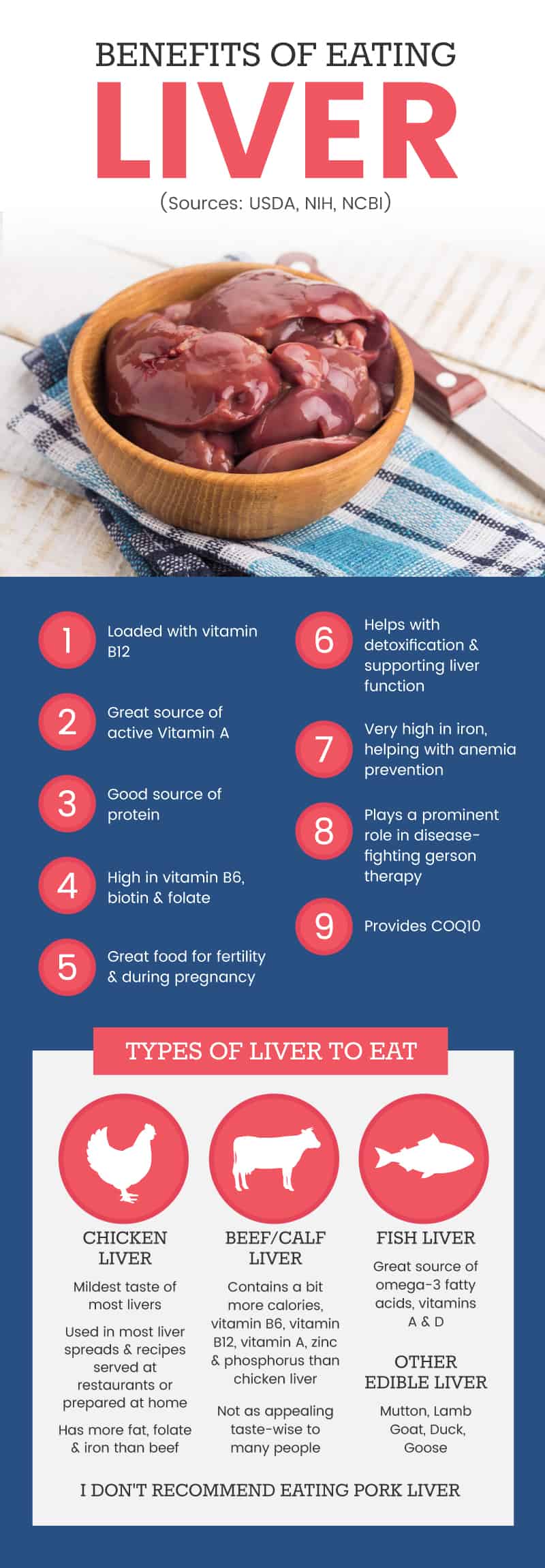
The body’s chromium content may be reduced under several conditions. Absorbed chromium is stored in the liver, spleen, soft tissue, and bone 22). Enhancing the mineral’s absorption are vitamin C (found in fruits and vegetables and their juices) and the B vitamin niacin (found in meats, poultry, fish, and grain products 21). What affects chromium levels in the body ?Ībsorption of chromium from the intestinal tract is low, ranging from less than 0.4% to 2.5% of the amount consumed 12), 13), 14), 15), 16), 17), 18) and the remainder is excreted in the feces 19), 20).
#Chromium health benefits full#
the chemical reactions involved in breaking down these molecules to a form suitable for absorption by the body), but more research is needed to determine the full range of its roles in the body. 11)Ĭhromium is an essential nutrient required for the normal metabolism of carbohydrate, protein and fat (i.e. Chromium was identified as the active ingredient in this so-called “glucose tolerance factor” in 1959. In 1957, a compound in brewers’ yeast was found to prevent an age-related decline in the ability of rats to maintain normal levels of sugar (glucose) in their blood 10). Indeed, one of the more common nutrition-related questions posed by patients with or at risk for diabetes to practicing endocrinologists concerns the effectiveness of chromium.Ĭhromium increases the activity of insulin, and dietary supplementation with chromium has produced improvements in glucose metabolism which may lower blood glucose being important for overweight people with diabetes. What Does Chromium DoĬhromium is known to enhance the action of insulin a hormone critical to the metabolism of glucose reducing insulin resistance 3), 4), 5), 6), improving glucose tolerance 7), 8) and storage of carbohydrate, fat, and protein in the body 9). Chromium dinicocysteinate is a newer supplement complex of trivalent chromium with L-cysteine and niacin 2). Picolinate, is a by-product of tryptophan that is paired with chromium in supplements (to form Chromium picolate), is said to help the body absorb chromium more efficiently. This post focuses exclusively on trivalent (3+) chromium 1). It is found primarily in two forms: 1) trivalent (chromium 3+), which is biologically active and found in food, and 2) hexavalent (chromium 6+), a toxic form that results from industrial pollution.

What are recommended intakes of chromium ?Ĭhromium is a mineral that humans require in trace amounts, although its mechanisms of action in the body and the amounts needed for optimal health are not well defined.Table 1: Selected food sources of chromium.

What are the health risks of too much chromium ?.Chromium and Body Weight and Composition.Chromium and Type 2 diabetes and Glucose Intolerance.

Chromium picolinate on glucose metabolism in patients with metabolic syndrome.



 0 kommentar(er)
0 kommentar(er)
